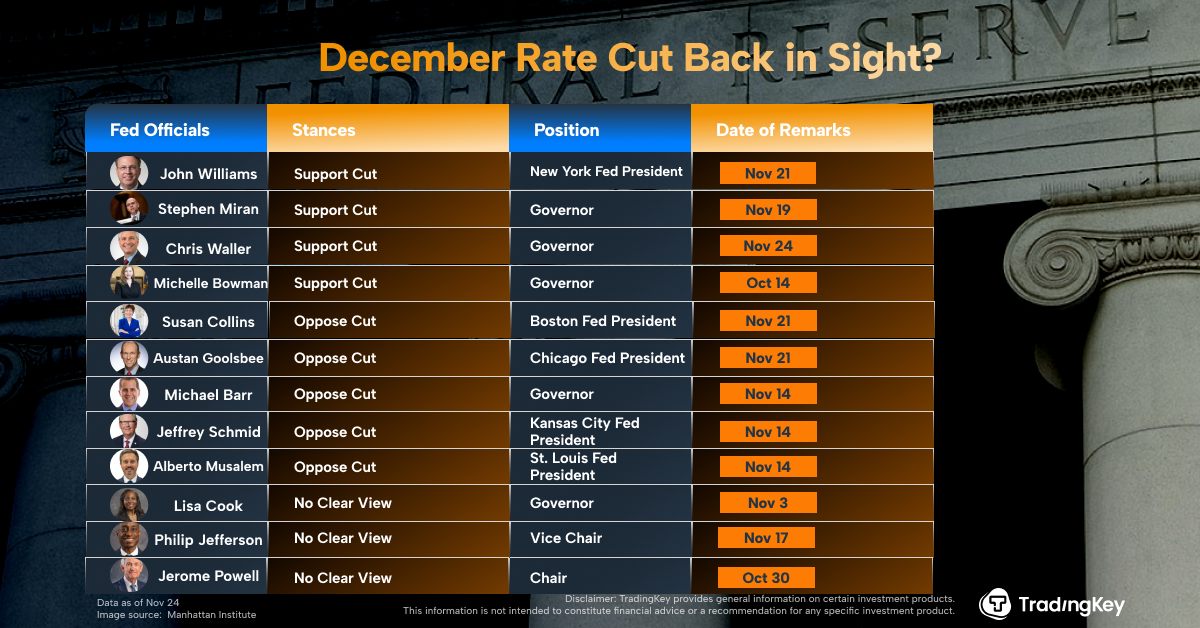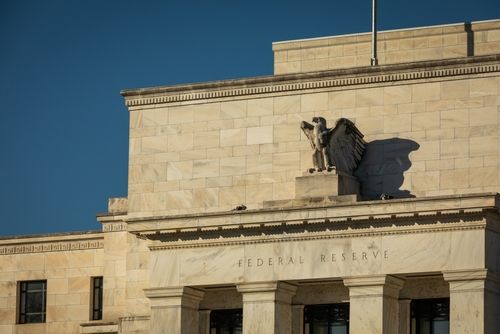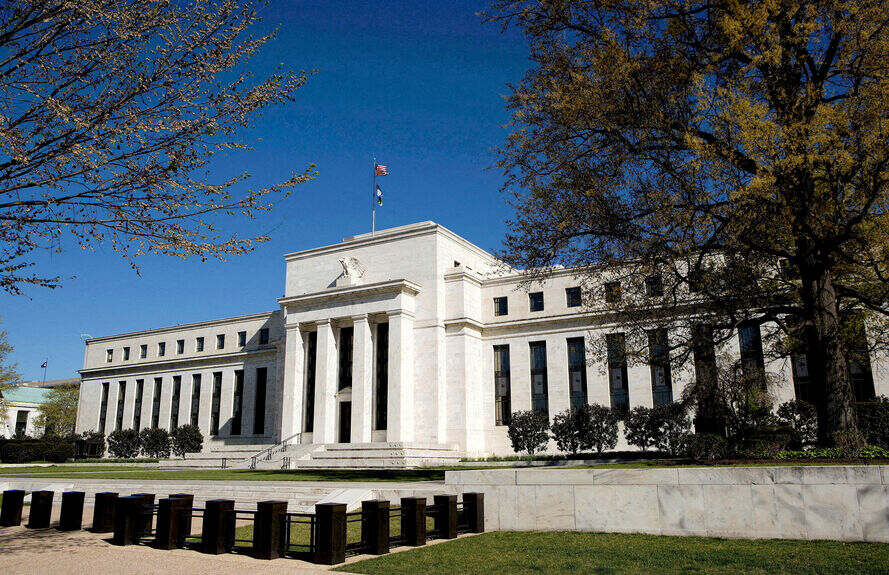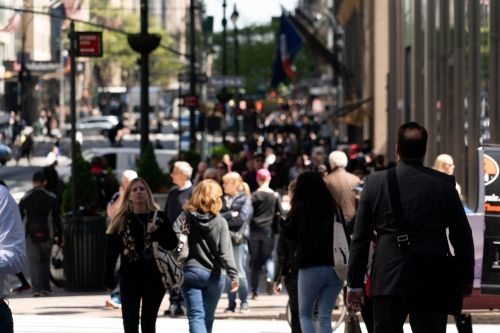[Reuters Analysis] Easy Fed risks pouring fuel on 'everything' rally: McGeever

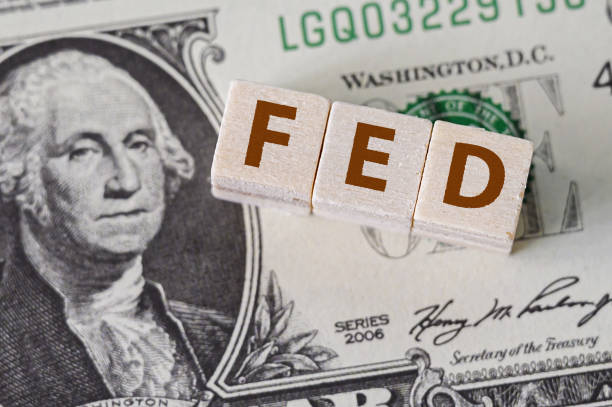
By Jamie McGeever
ORLANDO, Florida, Oct 7 (Reuters) - The Federal Reserve says its interest rate cuts are aimed at softening the impact of a looming labor market rupture. Unfortunately, cheaper money is unlikely to achieve that goal, but what it almost certainly will do is fuel the "everything" rally in financial assets.
The reasoning posited by Chair Jerome Powell and the bevy of doves on the Federal Open Market Committee for pre-emptive easing is sound enough. Job growth is evaporating, which risks triggering a spiral of surging unemployment, lower consumption, and slower growth or even recession.
The problem is the Fed's go-to tool in its armory - the federal funds policy rate - is a blunt one. This has always been true, but the risks in using it now are particularly asymmetric and increasingly skewed towards unwanted outcomes.
This is partly down to the imbalances that have taken root across corporate, economic and financial America. Consumption is driven by the richest households, who own most of a booming Wall Street, where profits, investment and market cap are dominated by a handful or two of mega companies.
The Fed is easing monetary policy with U.S. financial conditions the loosest in over three years, credit spreads the tightest since 1998, inflation a percentage point above target, and GDP growth running at an annualized rate of around 3% or higher.
In financial markets, the "everything" rally is in full flow - Wall Street's big three indices, the Russell 2000 small cap index, the tech sector, semiconductor stocks, gold, and bitcoin are all at record highs.
Powell did say late last month that equity prices were "fairly highly valued", perhaps echoing former Fed Chair Alan Greenspan's 1996 speech highlighting "irrational exuberance" in markets at that time. It's worth remembering, however, that the S&P 500 subsequently doubled and the Nasdaq quadrupled in value before peaking in March 2000.
There's no suggestion a similar boom - or bust - is on the cards. But because the wealth effect seems so prevalent, perhaps the Fed should be factoring financial market conditions into their decision-making more than they have in the past.
IT'S A 'LOW HIRE, LOW FIRE' LABOR MARKET
Yet that doesn't appear to be the case. The Fed has shifted its focus towards the employment side of its dual mandate, but it's not clear how fragile the labor market really is.
Much of the recent spike in jobless claims can be traced to one-off weather events in certain states and, more importantly, one of the main reasons job growth has slowed is the Trump administration's immigration and deportation policies.
Even though policymakers' concerns may be justified, labor dynamics today are different from years gone by. It is a "low hire, low fire" job market - job growth is clearly slowing, but labor supply is shrinking too.
The non-partisan Congressional Budget Office last month revised down its January estimates of net immigration this year by 1.6 million, and lowered next year's forecast by almost 1 million.
This has helped slash the monthly breakeven rate of job growth needed to keep the unemployment rate steady to well below 50,000, according to St Louis Fed estimates, from over 150,000 at the start of the year.
And it's worth remembering that the unemployment rate is still a historically low 4.3%. It's unclear whether rate cuts, ven the additional 100 basis points futures markets expect by the end of next year, will encourage businesses to hire more workers in this environment.
As economists at BlackRock point out, that degree of easing is typically associated with a much starker weakening of the labor market, inflation, and growth, none of which looks certain or even likely at this juncture.
BlackRock economists' base case scenario is what appears to be playing out right now - resilient household incomes spurring a revival in consumer spending, and the wave of AI-related investment in tech equipment, software and data centers powering growth. Markets are reacting accordingly.
According to Chair Powell, the Fed's policy stance is "modestly restrictive", that is, close to neutral. On balance, further easing probably risks overheating Wall Street more than having a discernible positive effect on the labor market.
(The opinions expressed here are those of the author, a columnist for Reuters)
The Magnificent Seven versus the market
Bitcoin crosses $125,000 amid U.S. Shutdown
U.S. payrolls growth is slowing - Bank of America
U.S. jobless claims are picking up - Bank of America
The Magnificent Seven’s slice of the S&P 500


